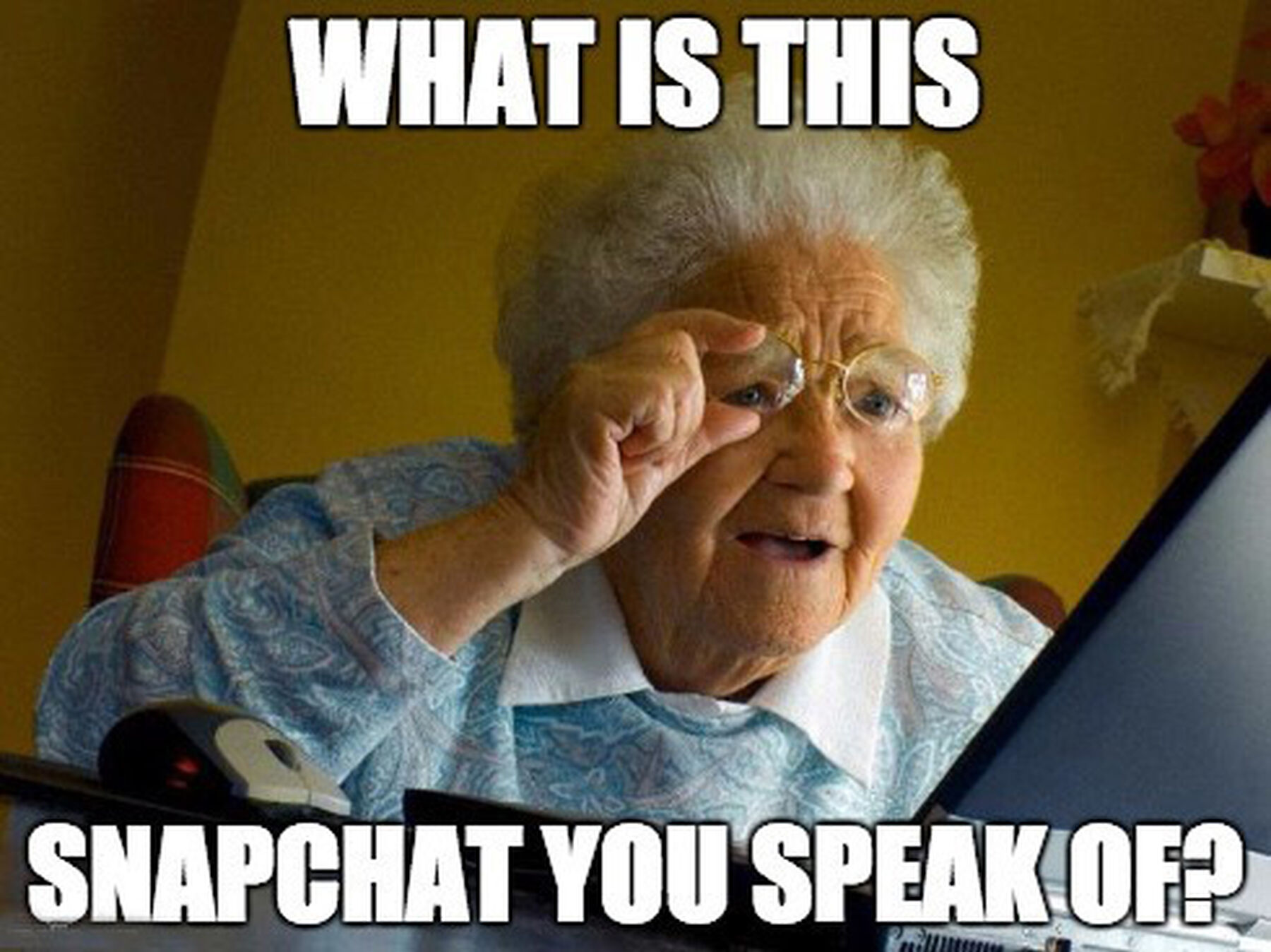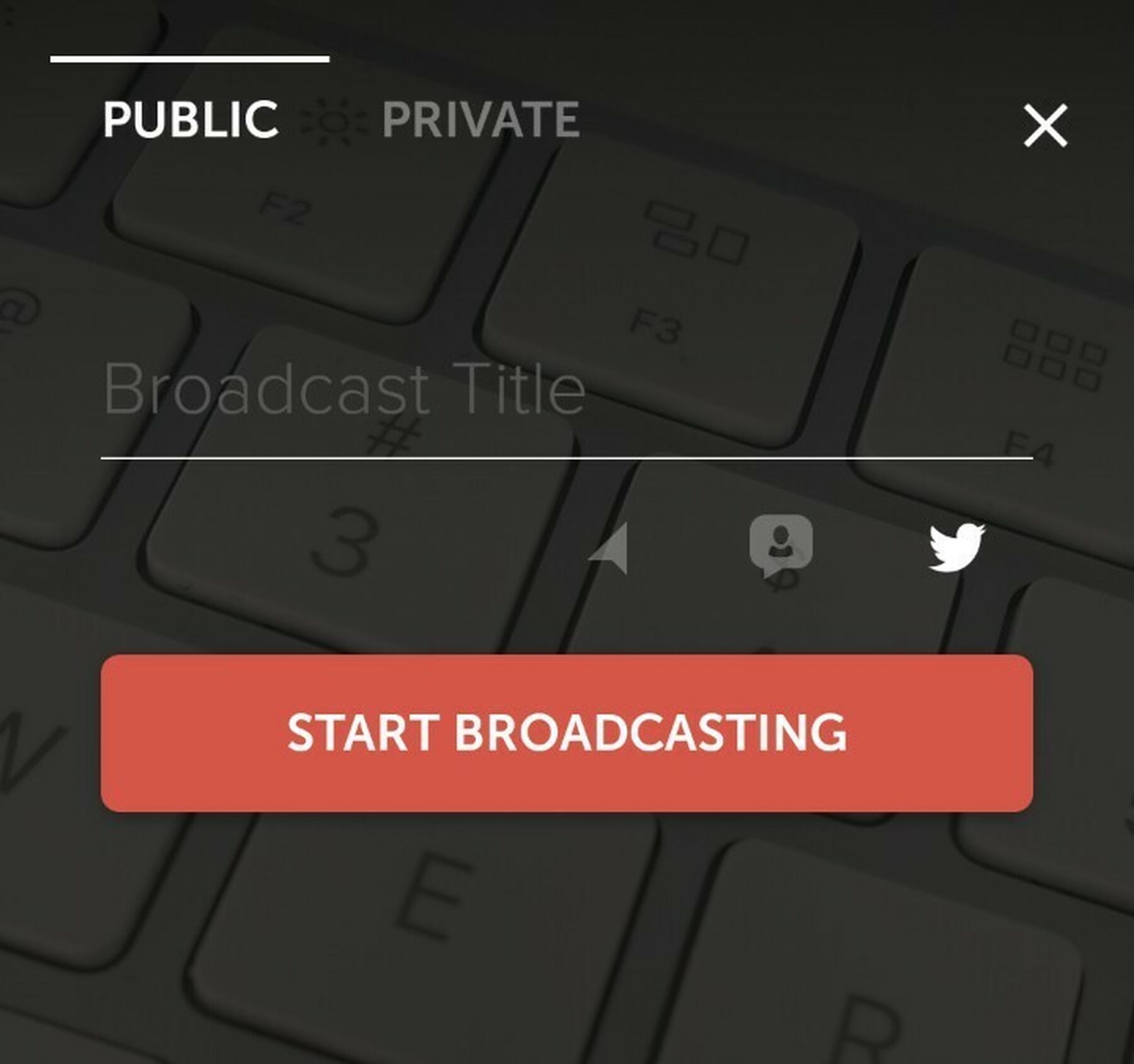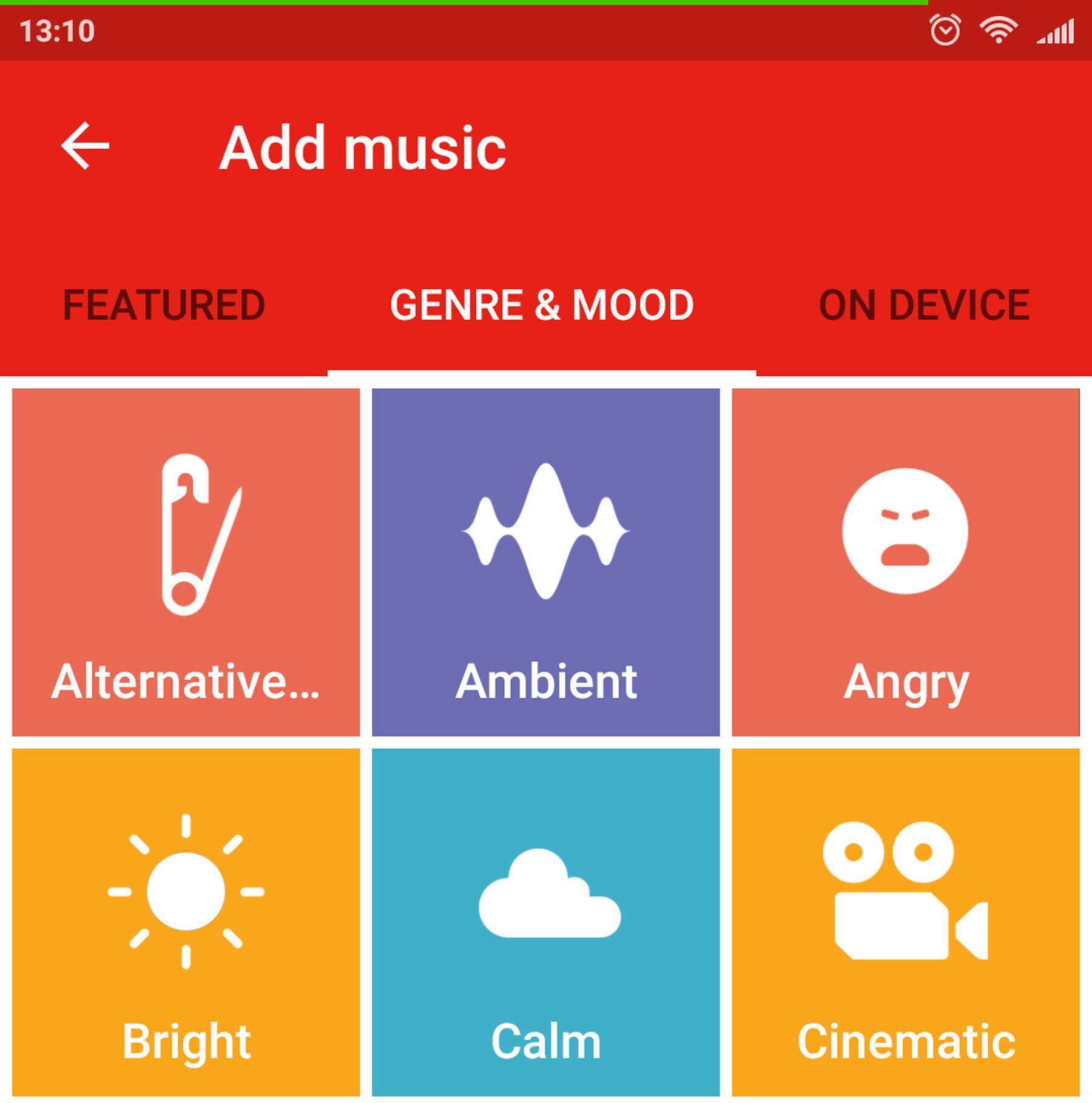Video has been seen as “the next big thing” for long enough now. The reality is it’s here, and it’s taking over all your favourite apps on your phone.

Just like smartphone cameras changed our photography habits, it is becoming easier and easier these days to produce regular, quality videos of whatever your heart desires.
Here are the many ways you could be producing video with only your smartphone right now:
People have been able to upload video to Facebook for years, but it has risen in popularity recently. The platform now sees 8-billion video views a day (although there’s still some debate about what counts as a view).
CEO Mark Zuckerberg says he’s “particularly pleased with our progress in video as we move towards a world where video is at the heart of all our services”.
What has helped is Facebook Live, a feature where you can “broadcast” a live video stream to your friends or followers. The feature already exists on your phone right now. Go on, try it!

Not to be left out, Twitter also has the ability to upload video AND broadcast live video.
Clicking on the camera icon when composing a tweet will give you the option, and selecting live video will direct you towards a dedicated app geared just for that: Periscope.
Here, a simple button press starts your broadcast, and a tweeted link lets your followers know where they can watch. You can save the video for later and watch it after the broadcast is over, too.
A word on Vine
The Twitter-owned Vine app was a video pioneer when it launched in 2013 as a platform for looping six-second videos, but it has lost out to these new, less restrictive alternatives.
Still, we managed to get this cat rapping to Busta Rhymes out of it.
Snapchat
No longer just for teenage sexting, Snapchat now has an estimated 200-million monthly active users and 100-million daily active users, which puts it ahead of all of its competitors after just four years of existence.

Shortly after the launch of Vine, Instagram cunningly expanded into 15-second videos, and allowed users to apply the same filters that they already knew and loved from their stills. This year, they extended that 15-second limit to 60, and made cropping the clip into a square frame optional. The number of views are now publicly visible on all Instagram videos.
Then, in yet another clever move, they launched Instagram Stories, where users string pics and videos together that last just 24 hours and then disappear. Sounds like Snapchat? That’s because it’s exactly like Snapchat.
Optional extras
Along with photo app Layout, Instagram has launched additional “add-on” apps that can really bring your posts to life. Hyperlapse (on iOS only) creates amazing, stabilised timelapse videos, and Boomerang creates short, fun, gif-like looping videos.
Artisto
For something a little different, try Artisto. You can apply beautiful, artistic filters to 10-second video clips and create works of art that come to life (you have to post to another platform, but still).
YouTube

More than half of all YouTube’s millions of daily views come from mobile devices. They have always been a big player in the video field, but less “social” than the apps above.
The latest app update allows uploaders to trim their videos and add royalty-free music in a few simple steps, encouraging budding “vloggers” to stick with the platform.
The app is reportedly about to add a bunch of new features that will help it compete in this increasingly competitive social video landscape.
Video messaging
Video is not just affecting your social media presence, but also the way you call and text. Whatsapp, the popular messaging app, has championed voice notes, but it also handles video messages.
Apple users have had video-calling app FaceTime for years, and now Google has launched its own version, Duo. How this will differentiate itself from Google Hangouts, which also offers video calling, remains to be seen.
Time to hit record
Smartphones with both a back- and front-facing camera (or as they are now being marketed, a “selfie camera”) are becoming cheaper, as are data bundles. Whether you’re camera shy or not, the big tech players are pushing for a world where video is a more integral part of our daily communication.
For brands, it is driving the cost of video production right down. But as always, it’s not just about the technology – the content has to be strong, compelling, relevant and suitable for the audience, like always.
Lights, camera, action!
